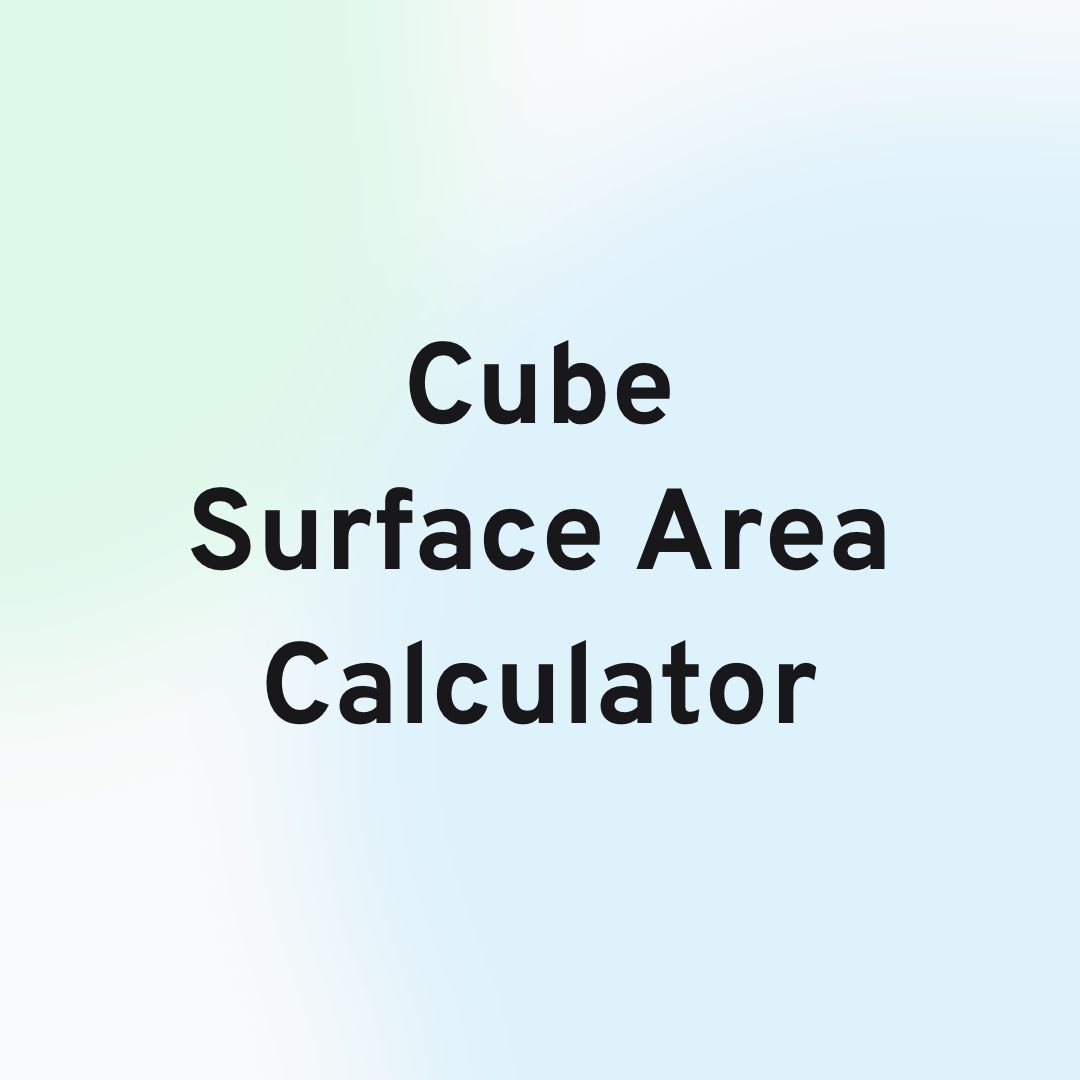
Mathematics
Geometry
Cube Surface Area Calculator
Quickly calculate the cube's lateral and total surface area using our nifty Cube Surface Area Calculator! Input the Side length to find out!
Welcome to our nifty Hemisphere Surface Area Calculator, which will help you calculate the Surface Area of the Hemisphere with ease. The hemisphere is a solid three-dimensional shape, and it is formed when a sphere is cut into two equal halves, giving us two hemispheres. The hemisphere has one flat surface and a curved surface in a bowl shape. Some real-life examples of hemispheres include lemons cut in half, giving us two hemispheres; Similarly, a bowl with its open side on a table gives us a hemisphere.
The lateral surface area of the hemisphere is covered by its curved surface in three-dimensional space. So, the total surface area of the hemisphere is the sum of the lateral surface area and the area of the base of the hemisphere.
Using the hemisphere surface area calculator, you can calculate the lateral surface area and also the hemisphere’s total surface area by inputting the hemisphere’s radius.
The variables in the Hemisphere Surface Area Calculator include
Radius (r) The distance between the center of the base to any point on the circumference of the base.
Lateral Surface Area (LSA) The area is covered by the sphere’s curved surface in three-dimensional space.
Total Surface Area (TSA) The sum of the curved surface and the area of the base of the hemisphere.
The lateral surface area of the hemisphere is the area of the curved surface of the hemisphere.
We can calculate the lateral surface area of the hemisphere by using the following formula.
Where
r = radius of the hemisphere
The total surface area of the hemisphere is the area of the curved surface of the hemisphere and also the area of the base of the hemisphere.
We can calculate the total surface area of the hemisphere by using the following formula.
Where,
r = radius of the hemisphere
Given a hemisphere with a radius of 7 cm. What are the lateral surface area and the total surface area of the hemisphere?
We can calculate the lateral surface area of the hemisphere using the following formula
we can calculate the total surface area of the hemisphere using the following formula

Mathematics
Geometry
Quickly calculate the cube's lateral and total surface area using our nifty Cube Surface Area Calculator! Input the Side length to find out!
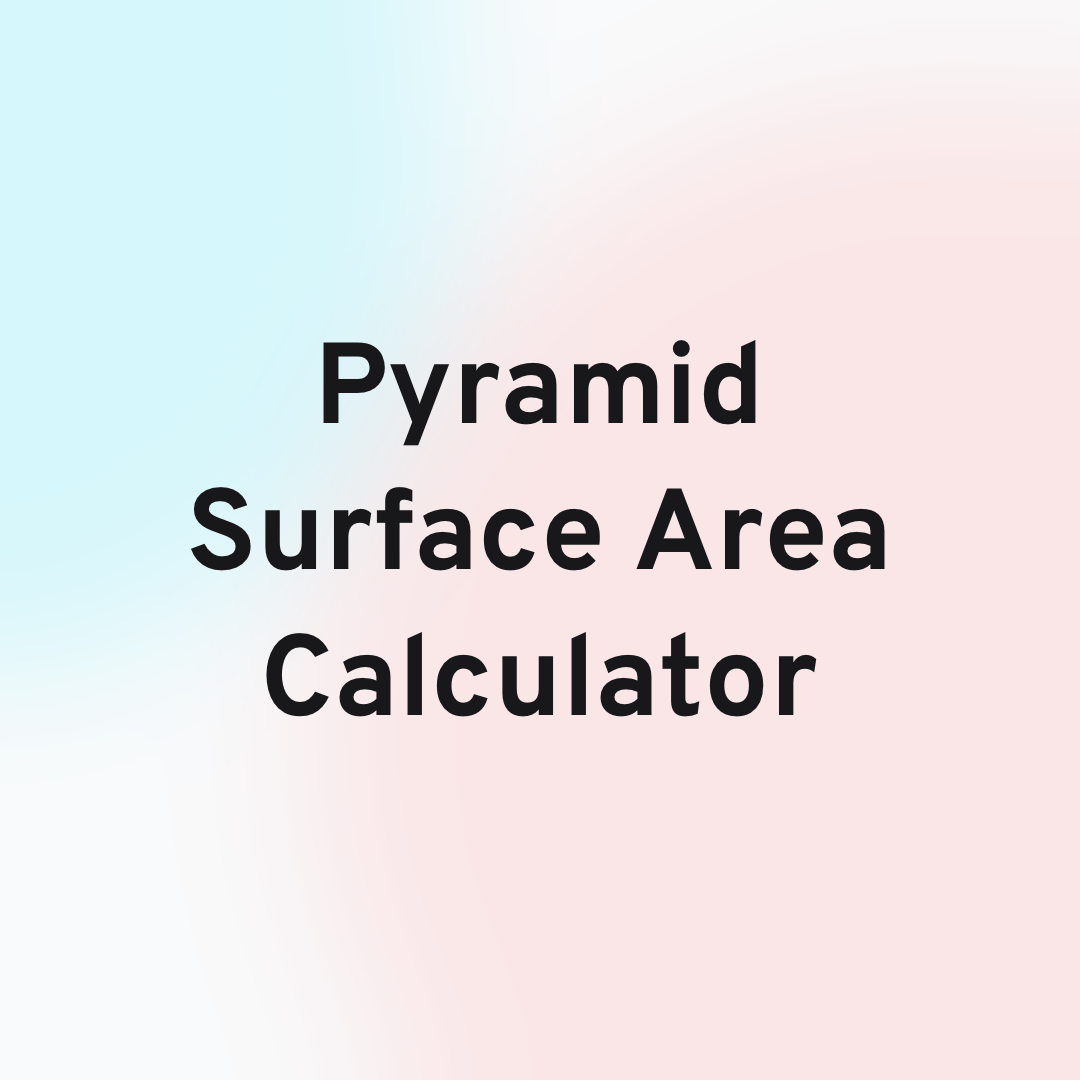
Mathematics
Geometry
Calculate the surface area of the Triangular pyramid, Square Pyramid, Pentagonal Pyramid with ease using our Pyramid Surface Area calculator!
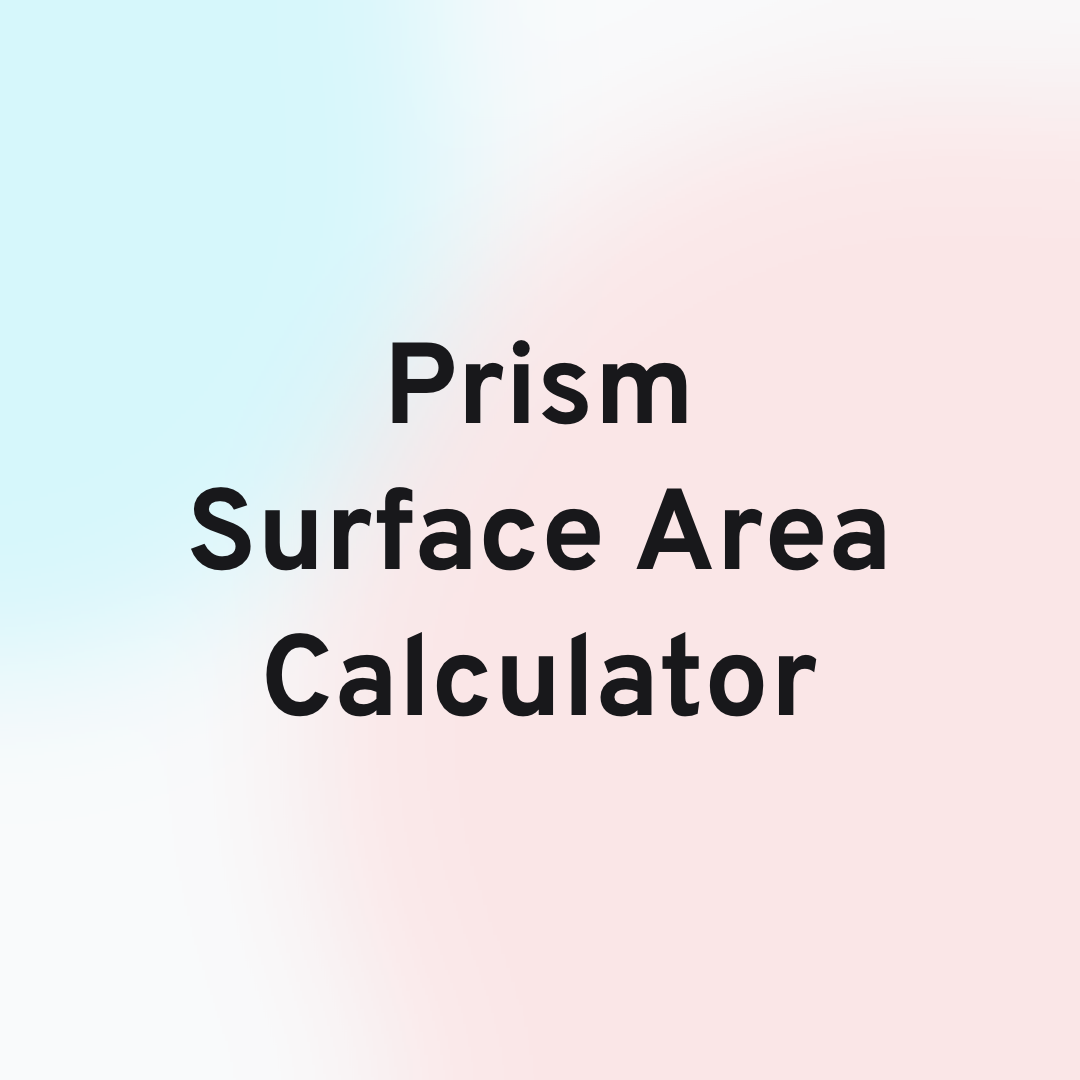
Mathematics
Geometry
Calcuate Surface Area of Triangular, Square, Rectangular, Pentagonal, Hexagonal and Octagonal Prisms using our Prism Surface Area Calculator!
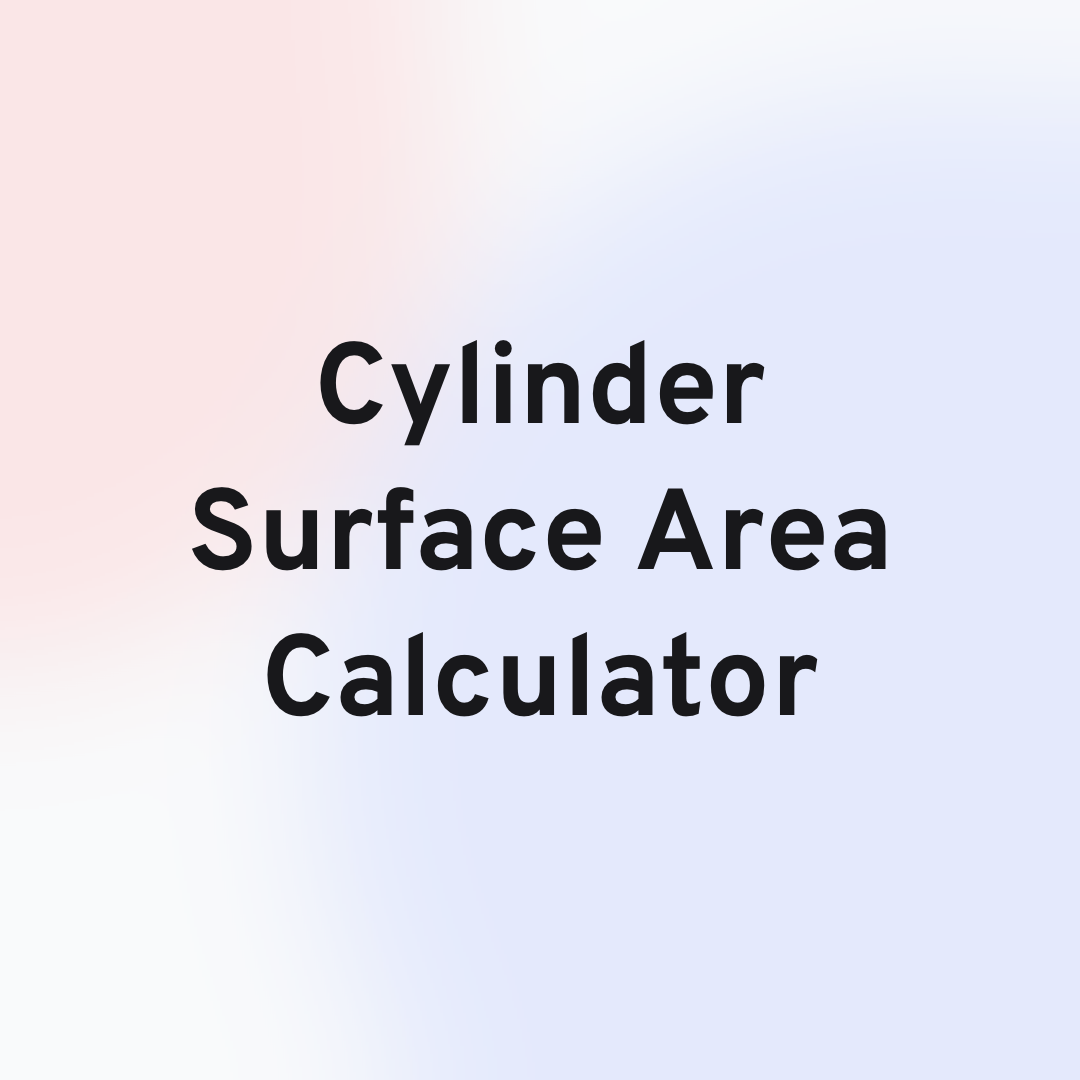
Mathematics
Geometry
Calculate the lateral surface area and total surface area of the cylinder with ease using our nifty Cylinder Surface Area Calculator!
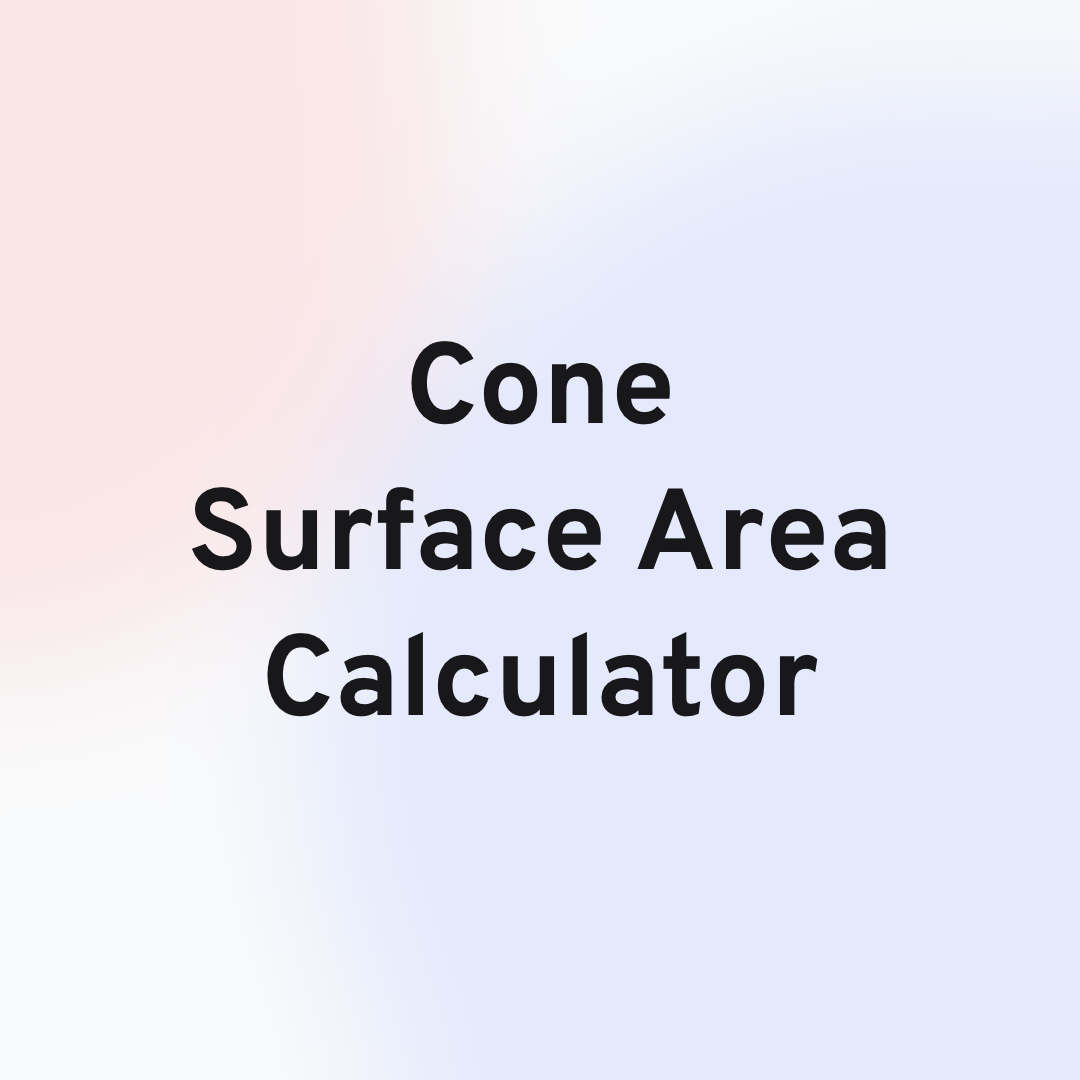
Mathematics
Geometry
Calculate the lateral and total surface area of the Cone with ease using our nifty Cone Surface Area Calculator!

Mathematics
Geometry
Quickly calculate the Lateral and Total Surface of the Cuboid using our nifty Cuboid Surface Area Calculator!.